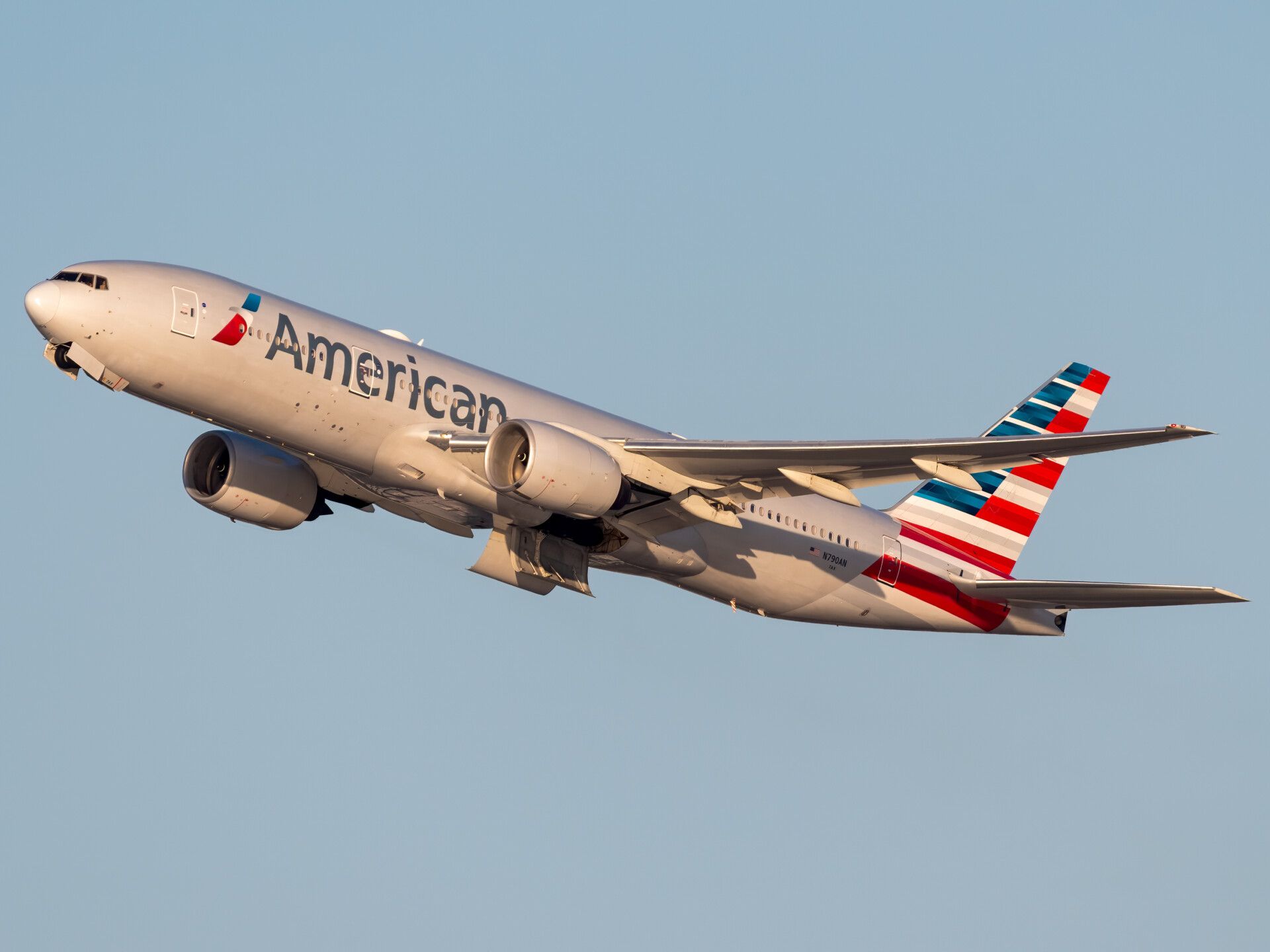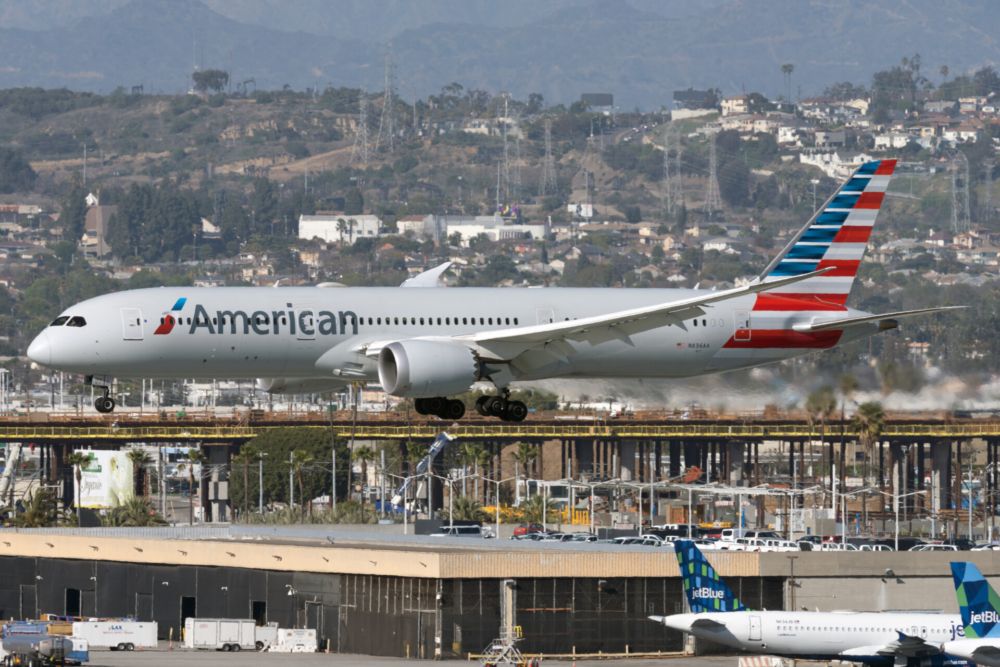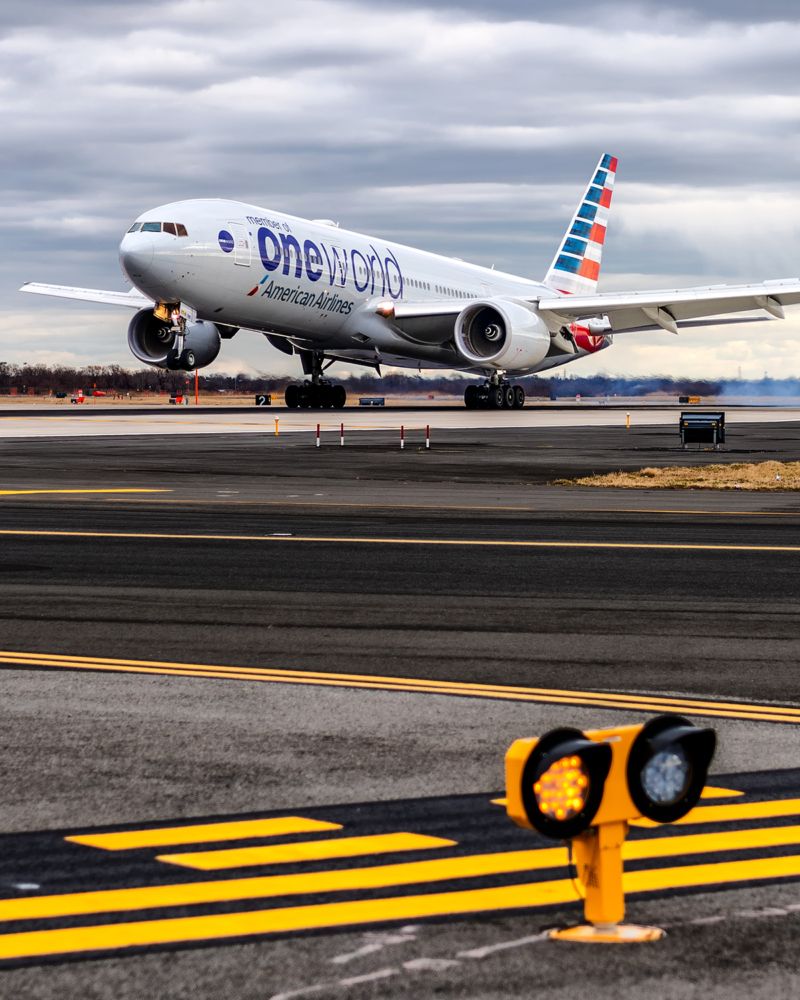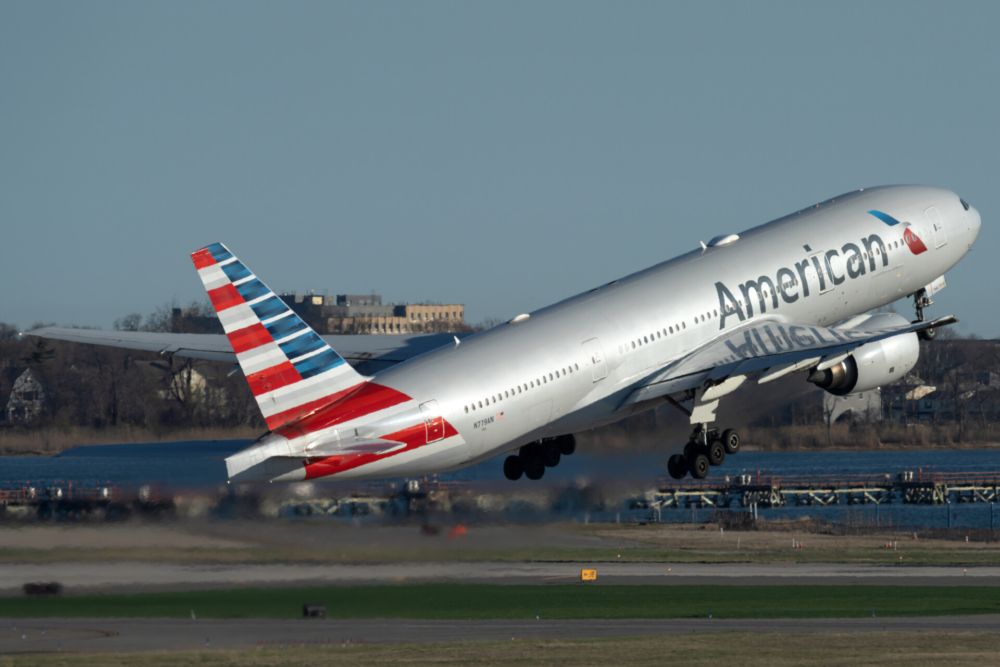American Airlines has announced its intention to fly to New Delhi and Bangalore in India, with both flights bolstered by its new domestic partnerships. However, in a recent filing looking at codeshare routes with IndiGo, a notable third gateway was Mumbai. While American has not announced any service to Mumbai yet, Simple Flying delves into why this could be the next logical expansion of American's India route network.
American's India route network
On Friday, November 12th, American Airlines expects to launch nonstop flights from New York's John F. Kennedy International Airport (JFK) to Delhi's Indira Gandhi International Airport (DEL). Through the end of March, the airline has filed plans to run this flight daily year-round. American announced this flight as part of an expansion under the Northeastern Alliance (NEA) with JetBlue.
From January 4th, American Airlines has filed plans to operate daily flights from Seattle-Tacoma International Airport (SEA) to Bangalore's Kempegowda International Airport (BLR). This flight is also filed to run daily year-round. This flight was added to American's route network as part of the airline's alliance with Alaska Airlines, which has its largest hub in Seattle.
To support its operations in India, American Airlines announced a partnership with IndiGo, a low-cost carrier in India. The two airlines announced their codeshare operations out of Bangalore and Delhi, offering easy connecting itineraries to smaller destinations that American was unlikely to serve. However, in a filing with the US Department of Transportation (DOT), the two airlines also applied for codeshares on IndiGo domestic routes out of Mumbai.
Get your boarding pass to the flight of the year. The Future Flying Forum is taking off soon!
An underserved market
Next June, according to data from Cirium, only two airlines will fly nonstop from Mumbai's Chhatrapati Shivaji Maharaj International Airport (BOM) to the United States. Both airlines will fly to Newark Liberty International Airport (EWR). Those airlines are Air India, with a Boeing 787-8 currently scheduled, and United Airlines, with a Boeing 777-300ER.
Looking at American Airlines' partners in the oneworld alliance, British Airways, Cathay Pacific, Malaysia Airlines, Qatar Airways, and SriLankan Airlines all fly to Mumbai. Of those, British Airways and Qatar Airways are the better airlines for American to sell connections on between the United States and India. For the month of June, departing Mumbai, both British Airways and Qatar Airways combined have 27,030 seats scheduled in June 2022.
Compared to New Delhi, in June, all of the oneworld airlines flying to Mumbai are also flying to the Indian capital, in addition to Japan Airlines and Finnair. Looking at seat count for American Airlines, British Airways, and Qatar Airways, there are 38,970 seats departing Delhi, and around 30,800 seats excluding American Airlines. Add in Finnair, and the seat count goes to 43,441, or over 16,000 more seats in the month, leaving Delhi than Mumbai on American's partners.
New Delhi also gets much more service to the United States than Mumbai. United and Air India dominate the market, with both carriers offering over 56,000 seats leaving Delhi for the United States next June. Compare this to Mumbai's 13,828 seats nonstop to the US.
Mumbai has some structural advantages
First and foremost, American has fewer ways to get its passengers to Mumbai than Delhi based on pure seat counts. Consider that not all of the seats available on Qatar Airways and British Airways are coming to or from the United States. There is a sizable flow of nonstop traffic to Doha and London and connections onward to various destinations in Europe, the Middle East, and Africa.
Another example can be seen in Delta Air Lines. When it announced its return to India, it chose to fly to Mumbai and launched flights there before suspending them when the crisis hit. The airline has not revealed its plans to come back to India, meaning one fewer competitor in the market, but there is some precedent that the market could handle another nonstop competitor. However, there is not a lot of data for those routes, given that Delta only operated for a few months.
Also, considering the IndiGo codeshare, American already has a connecting base on which to support some connections. This is something Delta did not have and still entered the market. Delta did have a connecting complex in New York City, which American cannot wholly offer on its metal, but can through its partnership with JetBlue, giving a further cushion to make a route to Mumbai work.
American explained to Simple Flying that the filing with the DOT was designed around providing maximum flexibility in the future. However, it was not ready to announce anything at the moment. It certainly seems American is laying the groundwork to add Mumbai to its route network, which makes it seem that Mumbai is more of a question of when rather than if, though there may be some factors delaying that launch outside of American's control.




